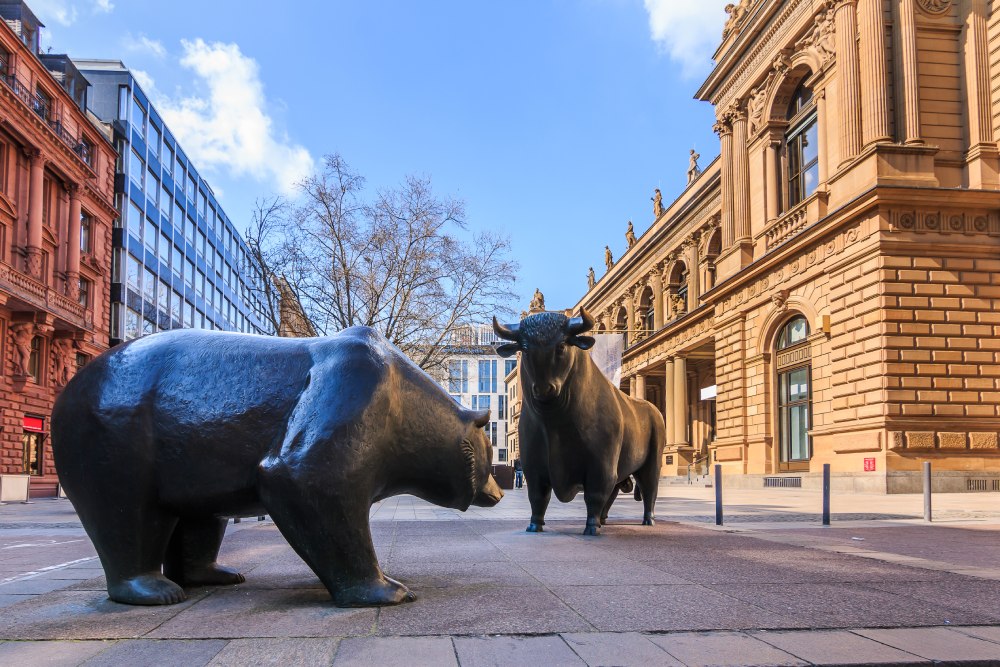
CEOs and analysts are drawing a straight line between Trump’s policies and a sharp rise in uncertainty.
The S&P 500 has shed $5 trillion in market value in just two days. And with more policy curveballs coming from the White House, companies are bracing for an even more uncertain future.
Even before the April 2 “Liberation Day” tariff shock, executives were already circling the same concern: uncertainty.
“The word ‘uncertainty’ popped up 117 times in proximity to the word ‘policy’ in conversations between executives at 64 S&P 500 companies and Wall Street analysts last quarter,” MarketWatch’s Steve Gelsi wrote, citing FactSet’s transcript data.
That’s a sharp jump from pre-Trump days, when only 25 earnings calls linked “uncertainty” and “policy.”
“Uncertainty is the killer of everything in markets,” said Alexander Altmann, Barclays’ global head of equities. “It kills investment decisions, corporate spending, as well as business and consumer confidence.”
For investors, the biggest question is how unpredictable policy shifts will hit corporate profits. Most experts expect short-term damage.
“There’s a real likelihood that we’re going to see a lot of short-term tremors for companies in profits and supply chains, and I think in the short term it’s mostly headwinds,” said McKinsey CFO Yuval Atsmon.
Meanwhile, banks that had baked in a “Trump bump” for 2025 are now racing to revise their forecasts.
Tariff chaos “surprised both us and the market”
UBS Global Wealth Management has slashed its year-end S&P 500 target by nearly 10%, pointing to lower valuations and fading earnings momentum.
“The extent of the announced tariffs has surprised both us and the market more broadly,” wrote Mark Haefele, UBS’ chief investment officer.
UBS analysts also flagged the growing risk of a “tit-for-tat escalation in tariffs” as global players challenge Trump’s trade moves. So far, the biggest response has come from China, which slapped a 34% reciprocal tariff on U.S. imports.
Goldman Sachs has cut its S&P 500 target twice this year. Its latest downgrade trims expected earnings growth to just 3% — down from 7%.
Goldman’s revised forecast implies a potential 25% drawdown from the index’s 6,100 peak, suggesting a bottom near 4,600.
RBC Capital Markets is also turning more cautious. In what it calls a “Tier 2” market stress scenario, the S&P 500 could fall as much as 20%, bottoming somewhere between 4,900 and 5,300.
Your email address will not be published. Required fields are markedmarked